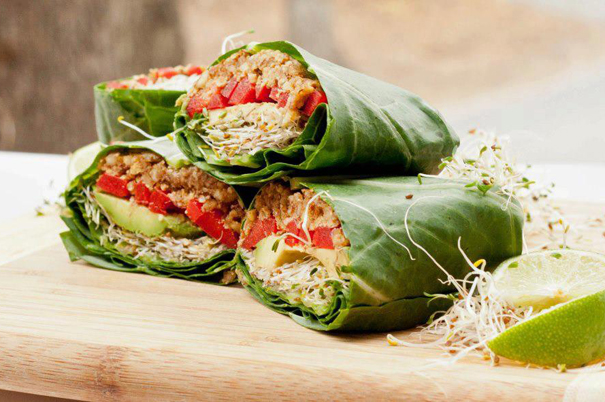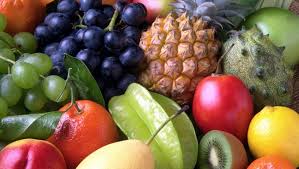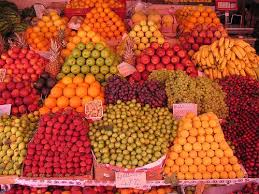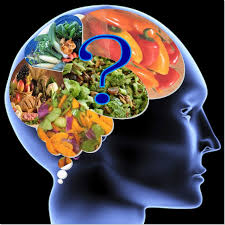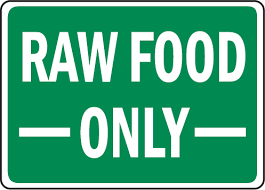Vegan and Raw Food Restaurants by Kevin Angileri
One of life’s great pleasures is going out to eat and trying new restaurants and dishes. This holds true for raw food and vegan restaurants too! There are, believe it or not, more than 5000 natural foods restaurants in the U.S. alone. Predictably many of these restaurants are in major markets and in college towns. You might not live in an area where you can visit a natural foods restaurant regularly, but if you’re traveling, do some research and see where there might be a natural foods place to visit. Here are a few notable restaurants around the country:
Delights of the Garden has gained amazing popularity in Washington, DC, considering that city is a haven of power lunches between lobbyists and the like. It features a cool-looking cafe with raw and cooked vegan favorites.
Arnold’s Way is located outside Philadelphia, PA in the Bucks County town of Lansdale. They have a raw café and also have classes in raw foods preparation.
Au Lac in Fountain Valley, California serves 7-course raw dinners, although you want to call in advance to give the chefs time to prepare.
Café Gratitude has two locations in San Francisco and one in Berkeley.
Quntessence in Manhattan features an all raw menu, all organic, salads, fresh juices, soup, guacamole, essene bread, almond shakes, and more.
Dining in the Raw in Key West, Florida features macrobiotic, vegan and raw foods.
The Organic Garden in Beverly, Massachusetts is a living and raw foods restaurant.
Suzanne’s Vegetarian Bistro in Miami, FL has a daily raw soup on its menu.
Enzyme Express in Anchorage, Alaska is a raw foods restaurant.
Golden Temple in Birmingham, Alabama is a vegetarian restaurant that features a juice bar.
These are just a few raw foods restaurants in some likely (and unlikely!) cities. Many cities have magazines with restaurants listed by categories.
Vegan and Raw Food Restaurants by Kevin Angileri
